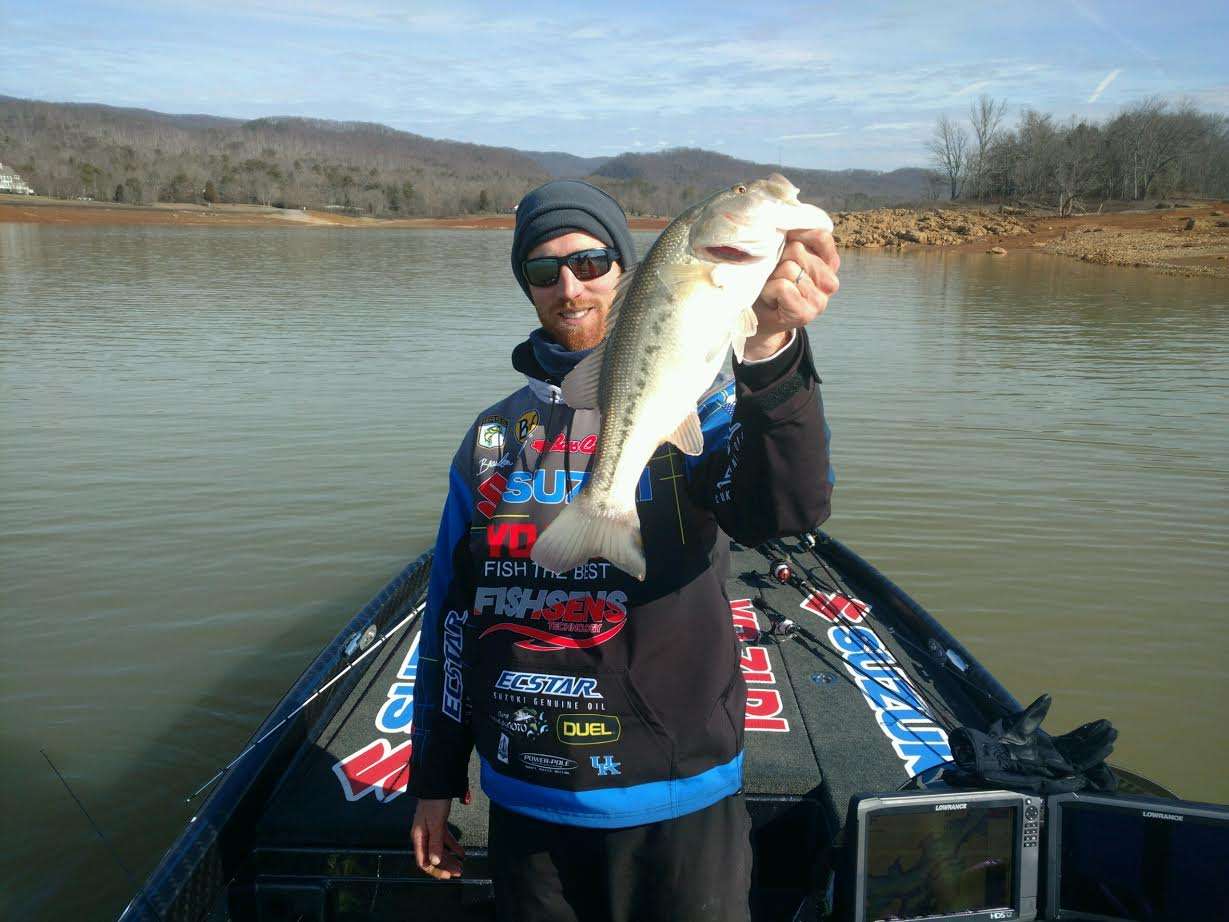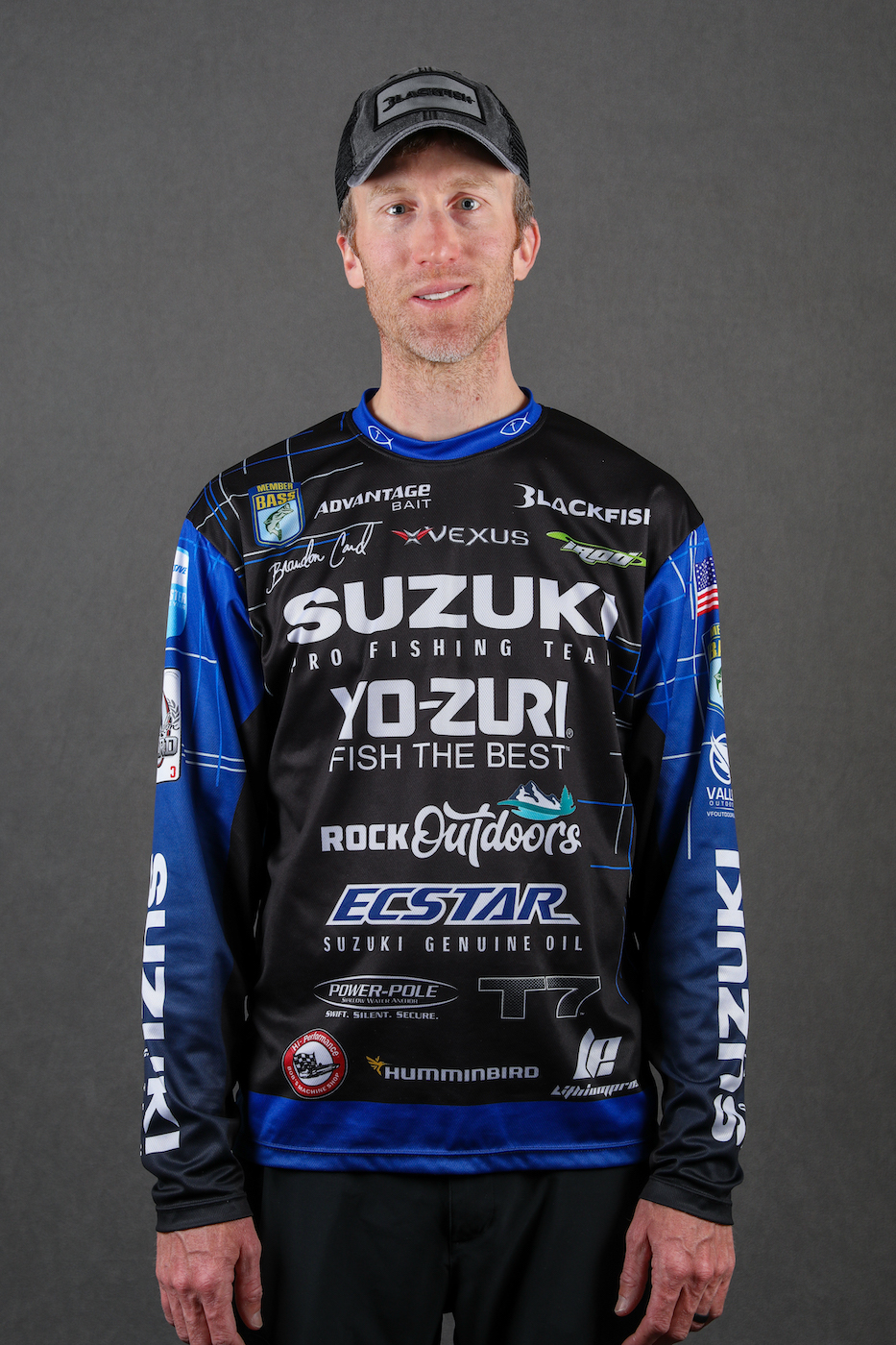
You might find it hard to believe, but I didn’t grasp the advantages of today’s high-tech electronics until after college.
My dad taught me how to fish when I was young, but he isn’t a tournament bass fisherman. He loves fishing with night crawlers and small top waters and cranks. Growing up, my older brother, Jordon, and I didn’t have anyone to teach us how to tournament bass fish. We taught ourselves. We didn’t realize how beneficial the top-line sonar units were because we had never seen one in use.
Since I didn’t know what I was missing, I got really cheap graphs for my boat when I was in college. They had tiny 4-inch displays. The bow unit had 2D sonar only. The unit on the console had 2D sonar and chartplotting.
I had those cheap graphs on my boat through all of my collegiate tournament fishing at the University of Kentucky. I didn’t believe I needed to spend money for better electronics.
While in high school and college I tried to teach myself how to ledge fish with inferior graphs. I went out day after day after day without success. I got to the point where I hated ledge fishing. I told myself that I just wasn’t going to do it any more. My fishing consisted of beating the banks.
That was really dumb on my part. I had spent thousands of dollars on a nice bass boat, only to cut corners on electronics. There was no way I could be competitive in tournaments when an offshore bite was the deal.
Shortly after I graduated from college, I bought two Lowrance HDS-8 units that had 8-inch, high-resolution displays. The first time I fished with them, it was like I had walked into the sunlight from a dark cave I had been living in all my life. I also got my first Navionics Platinum map card, which is another huge game changer.
Both of those Lowrance units had 2D sonar, chart plotting, plus DownScan and SideScan Imaging. The first thing that impressed me was the resolution. The display of my cheap units had large pixels. I couldn’t tell big fish from little fish or even if I was looking at bubbles in the water. There wasn’t enough detail to interpret what I was looking at on the bottom.
The display on the Lowrance units was so sharp I could easily see fish, baitfish and bottom detail. When I saw how well I could determine different size fish with DownScan, it was a whole new world.
With SideScan, I finally understood what I was marking on the bottom. I could clearly see rock piles, brush piles and even house foundations. I could tell if the bottom was rocky, pea gravel or clay. That summer I honed my graphing skills at Douglas Lake. I found deep schools of bass and started jacking them.
I used those exact two Lowrance HDS-8s during my rookie year on the Elite Series in 2012. There were two offshore tournaments that season. I made the money in both and even finished ninth at Douglas Lake. While other competitor’s boats had three or four new 12-inch units, those two 3-year-old, 8-inch units, were all I needed.
By upgrading my electronics, my least favorite technique, fishing offshore, became one of my favorites. I’m extremely confident in it now. I get giddy when there’s a ledge-fishing tournament on the Elite schedule. I love it that much.
Lowrance no longer has the HDS-8 in their line. The HDS series is now available with 7-, 9-, 12- and 16-inch displays. Even the smaller sizes are very capable.
I now have three HDS-12 Live units on my boat, one on the bow and two on the console. In a few months Lowrance will be coming out with a forward scanning transducer called LiveSight. It will let me see what’s happening in front of my boat in real time. It might be as big a game changer for me as when I got the Lowrance HDS-8 units.
I love the big displays of my HDS-12 Live units, but I could get by with smaller displays just how I did in my rookie year on the Elite Series. The key is to buy a high-resolution unit that can perform all the latest technologies.
If you skimp on electronics like I did starting out, you’ll be running far behind your competition.

